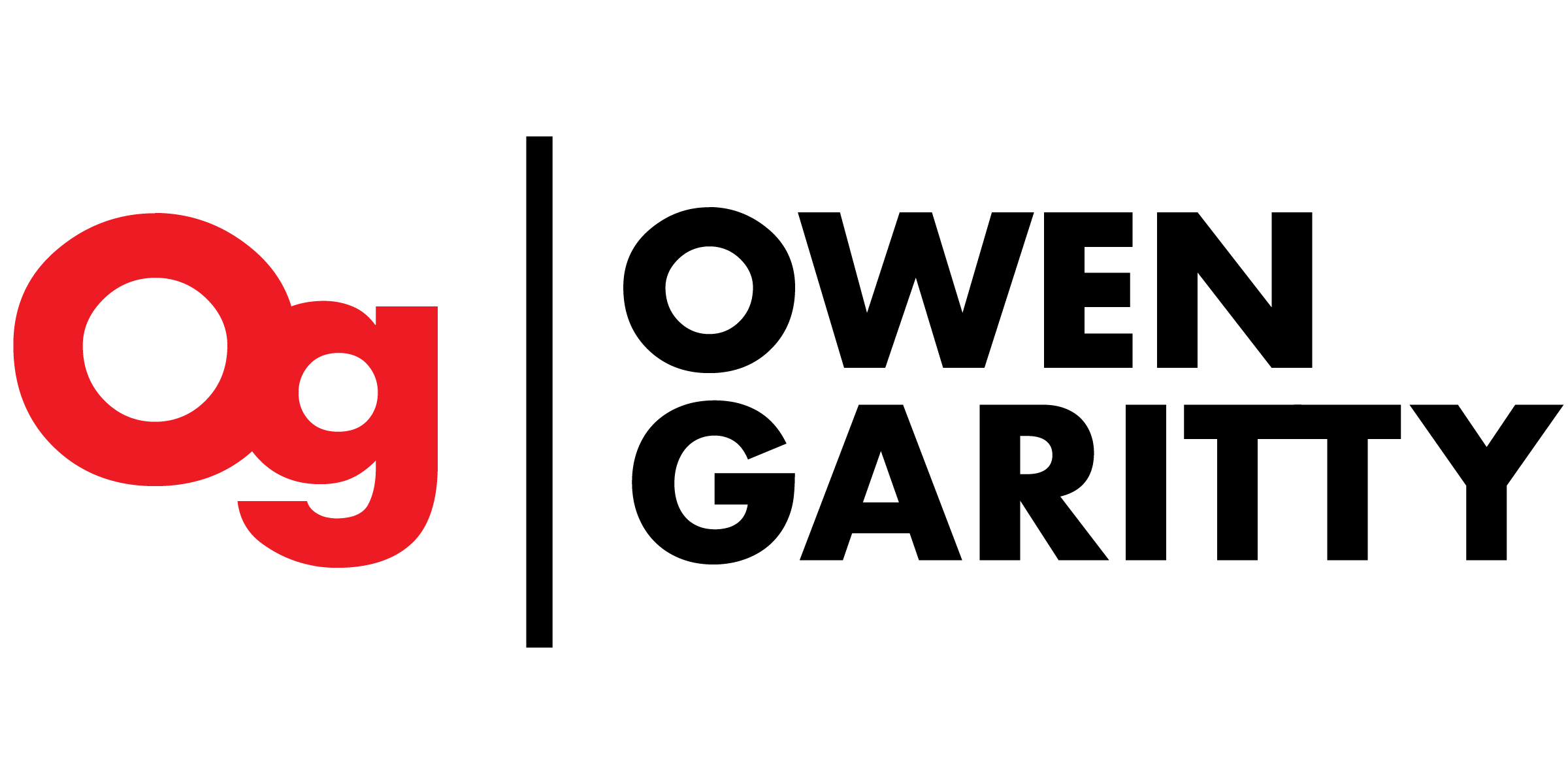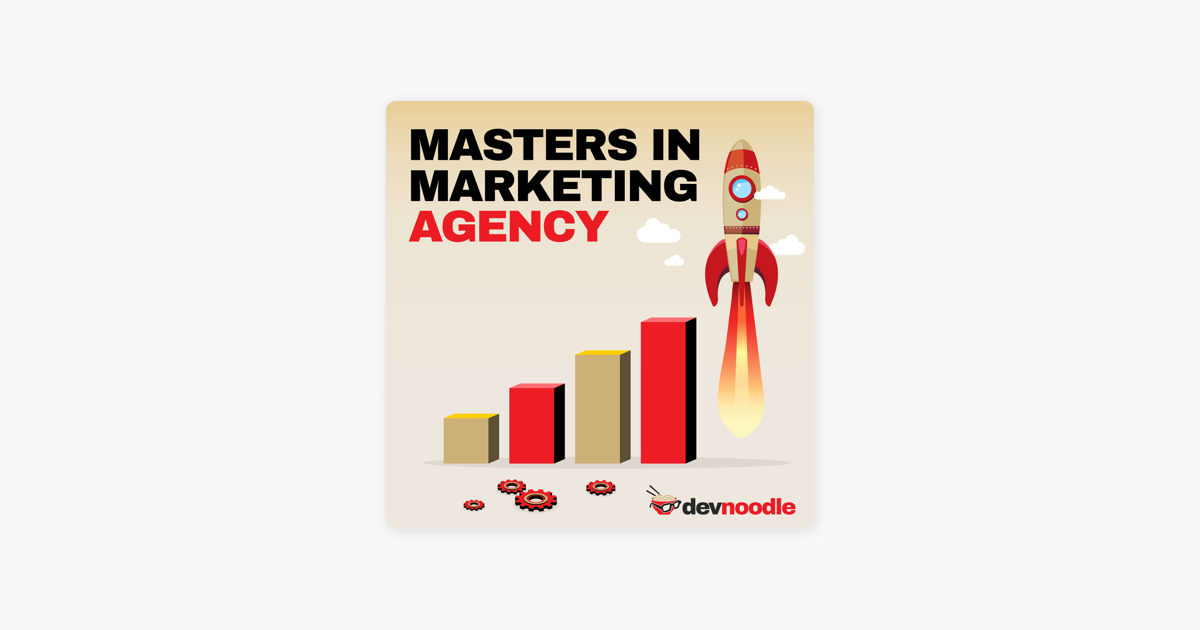
What commonalities are there between jelly and marketing? Well, probably not much of anything on the surface—unless you are advertising fruit preserves—but bear with me for a moment.
It’s 6:00 AM, and I’m headed to the San Francisco Airport. I am very tired, as I got (at best) five hours of sleep, because I was trying to maximize the little free time my busy schedule allows. Let’s just say that sounded like a much better idea last night than it does this morning. I’ve been waiting for my Lyft driver for almost 20 minutes now as I slowly watch the dot that is his car criss-cross its way to me. I’m starting to reflect on the day ahead as I stand in the predawn light half-asleep. It may be Sunday, but today will be a workday, as often happens these days. Finally, he is here. Let’s get the show on the road.
Let me begin this ride narrative by saying: I don’t normally talk to Uber or Lyft drivers. This is not because I think that I am above them in any way—or that I am just an asshole. This is because I am often on the phone working or otherwise distracted and have a terrible habit of being polite but short. This is something that I am working on, but I have a long way to go.
For whatever reason, this morning, it’s different, and I immediately start talking with my driver, who recently moved to the Bay Area from North Carolina. He grew up in the Appalachian Hills in an extremely small, isolated village that one would be likely to see on a reality television show. He has bounced around the country, working in hospitality, and now is the beverage manager of a very prominent hotel in downtown San Francisco. Nothing we talk about is exceedingly interesting or stimulating, but it is a pleasant conversation. That is, until we get to jelly.
This often taken-for-granted breakfast condiment is something that yours truly feels very passionate about. I’m not a Smucker’s guy, or any of the other small, cheaply packaged, high-fructose-corn-syrup-imitations-of-what-real-fruit-should-look-like jelly. Did I say I had a strong feeling about this? Okay, sorry. Back to the story.
My driver starts talking about how his hotel has been purchased almost every year by a different set of investors and how it inevitably brings change each time it happens. The current investors, a conglomerate out of South Korea, have decided that they are going to replace the restaurant-made jelly with cheap, store-bought, packaged jelly. This change has duly disappointed many guests, as this hotel charges at least $500 a night—on a slow night. My driver tells me how he has to field constant complaints from guests and make the same apologies over and over. We talk about the finer points of jelly for a while and then move on to other subjects.
But the reason that this was such an impactful part of my day, my ride, and even my week, was that there is a lesson here. This individual who has a diverse professional background and is, by all accounts, good at his job, has to have the same conversations with guests, who are customers of the business that he works for, over and over again about the same thing, and he has no ability to change that.
Now, from a marketing standpoint, this is a terrible strategy. Those guests may go back to their friends and say, “Yes, Hotel XYZ was phenomenal. I loved the room and everything. But do you know what? At the restaurant, they had these packaged jellies that were extremely cheap.”
Details of a luxury experience are everything, but this lesson is not true just in the luxury hospitality space. This lesson is true in marketing across all industries. Regardless of what you’re selling, what service you’re providing—it’s the details that set you apart from your competitors. And oftentimes, as business owners or executives, we lose sight of what those details should be or what the expectations of our clients are. However, if we have an organizational structure that prevents those complaints, feedback, and refinement of details from making their way to us—we will ultimately fail.
For this reason, it is imperative—in both providing jellies and marketing services—to be attentive to details and to create infrastructure for feedback and recalibration. Without a process for receiving and implementing suggested improvements, hotel beverage managers and marketing professionals are doomed to fail in the same areas repeatedly, having the same conversations over and over. To end the cycle and eliminate the prevalent obstacle, it is crucial to devise a system in which complaints can be clearly communicated and promptly addressed. This simple internal process will prevent the never-ending cycle of customer experiences—and reviews—characterized by lackluster jelly.



